Imagine that something that you cannot see can have enough movement to harness energy!
From a scientific perspective, air is like any other fluid -- if it can be moved forcefully, the motion provides kinetic energy. In a wind-electric turbine, the turbine blades capture the kinetic energy of the wind. The captured wind energy moves the blades, which spins a shaft connected to a generator. In this way, rotational energy is turned into electrical energy. Wind power generates electricity by transferring energy from one medium to another. The typical wind power turbines are shown in Figure 1.
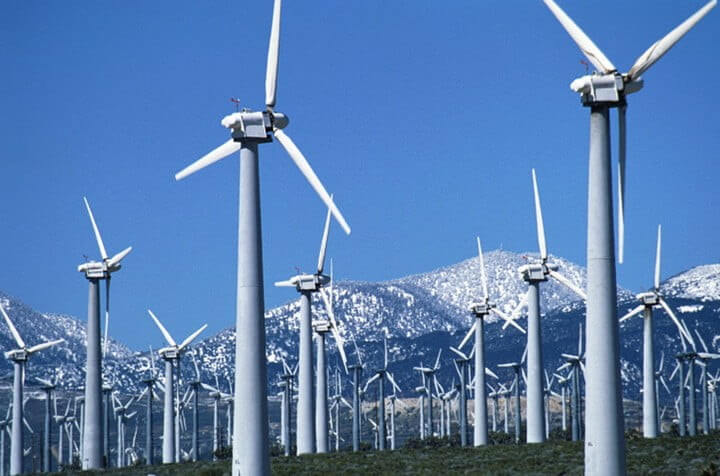
Figure 1. Field of Wind Turbines.
When air heats up, the hotter air quickly rises since a volume of hot air is lighter than an equal volume of colder air. Hotter air particles exhibit a higher pressure than cooler particles; therefore, it takes fewer particles to maintain the same air pressure. When hot air rises, the cooler air flows into the spaces that the hot air leaves behind, and the air that rushes to fill the gap is called wind. Wind pushes on any object that is in its path, and in the process, transfers some of its energy to the object, and this is how a wind turbine captures energy from the wind. Figure 2 illustrates the air circulation due to temperature.
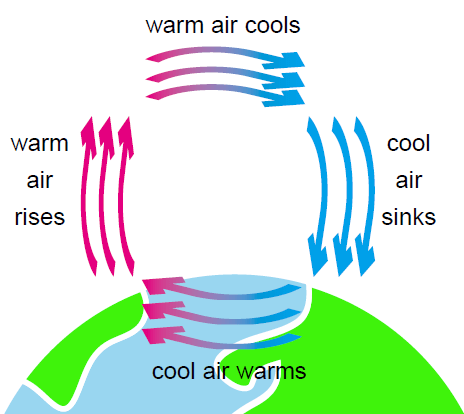
Figure 2: Air Circulation Due to Temperature.
As you may know, the earth is tilted slightly along its axis as it travels around the sun. Therefore, different parts of the earth get different amounts of sun, and the amount of wind a location receives varies from position to position, depending upon its relative position to the sun. Due to the earth’s tilt, different parts of the earth are warm and cold at various times throughout the year. This difference in heating results in a global atmospheric convection system, which stretches from the Earth’s surface to the stratosphere. In the parts of the earth that are warm, the air is heated, and it rises toward the sky. Air moves because the earth is turning, and the earth’s gravity keeps the warm air from flying into space. Most of the energy stored in the wind can be found at high altitudes where continuous wind speeds over 160 km/h (100 mph) occur. The wind energy is converted through friction into diffuse heat throughout the Earth’s surface and atmosphere. Therefore, the wind is stored as solar energy and wind turbines capture this energy. An illustration of the global wind circulation is shown in Figure 3.
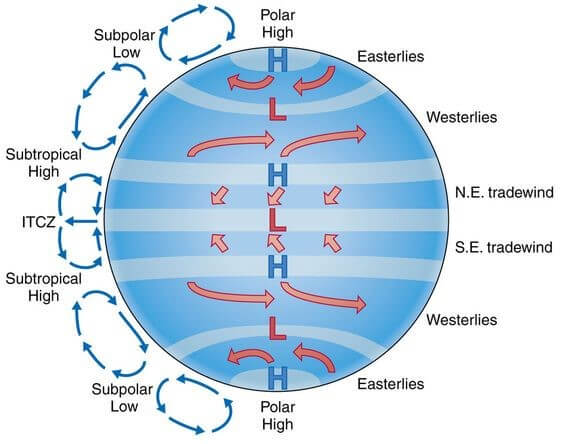
Figure 3. Global Wind Circulation and Pressure System.
Oceans, mountains and even buildings affect the wind patterns, but the major wind patterns develop and stay consistent because they are a result of temperature gradients. On weather maps, you will notice that there are regions of “high” and “low” pressure, and these regions are surrounded by contours. The contours represent lines of equal pressure as illustrated in Figure 3.
The potential wind power available in the atmosphere is much greater than the current world energy consumption. The potential of wind power on land and near shore is about 72 terawatt (TW), which is equivalent to 54,000 million tons of oil equivalent per year or five times the total world energy consumption. This estimate only considers locations with mean annual wind speeds ≥ 6.9 meters per second (m/s) at 80 meters. It assumes that six 1.5 MW turbines per square kilometer are located on approximately 13% of the total global land area, which would also have other uses such as farming.
The strength of the wind varies, and an average value for a location does not indicate alone how much wind can be produced there. To determine the wind speeds at a location, a probability distribution function is often fit to the observed data as shown in Figure 4. The wind speed distribution varies from location to location and time of the year.
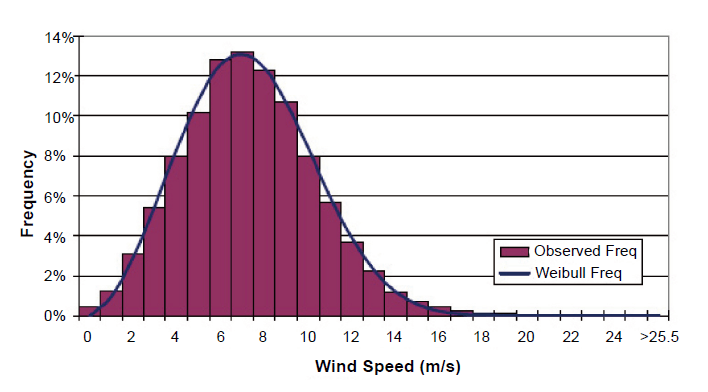
Figure 4. Wind Speed Probability Distribution.
Since power is generated at higher wind speeds, energy may come in short bursts. Therefore, wind power does not have as consistent output as fuel-fired plants. Wind power can be made more consistent by linking existing technologies and methods together to take advantage of the resulting decrease in the average variability. Hybrid renewable energy systems (solar, fuel cell and electrolyzer systems) can also be designed to reduce periods of intermittent power. If the mean annual wind speed at a site is known or can be estimated, a rough initial estimate of the production can be calculated using the following equation: annual electricity production = kv3at, where k = 3.2 and is a factor based upon typical turbine performance characteristics, v is the site annual mean wind speed (m/s), a is the swept area of the turbine (m2), and t is the number of turbines. This formula should be used with caution because it is based upon the average characteristics of wind turbines available and assumes an annual mean wind speed and frequency of wind speeds.
In locations with high winds, multiple turbines can be installed in a wind farm or wind park. The advantage of wind farms includes reduced site development costs, centralized access, and easy connection to transmission lines. Figure 5 shows wind electrolysis being produced centrally or distributed at the point of use. Wind turbines cannot be located too close together because they will interfere with the amount of wind received by each one. Wind energy is very advantageous for providing renewable energy and is targeted to be one of the largest contributors to providing energy in the future.
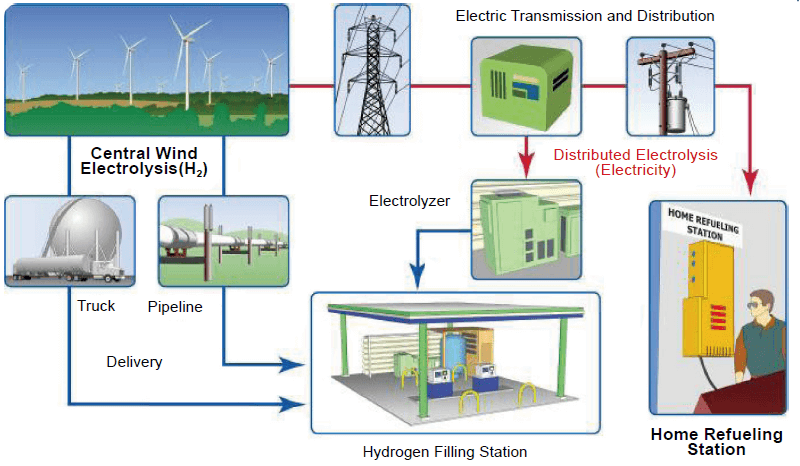
Figure 5. Examples of Wind Electrolysis Being Produced Centrally or Distributed.
Wind power harnesses the motion of the wind to provide kinetic energy. When considering wind power, the average, maximum, and minimum wind speed should be considered at each location. Utility-scale (megawatt-sized) power can be obtained from vast wind farms, or by integrating a wind turbine with solar power or an electrolyzer / fuel cell as part of a hybrid energy system. Wind energy is very advantageous for providing renewable energy, and it is targeted to be one of the largest contributors to providing energy in the future.

 Posted by
Posted by
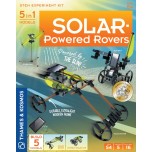














Enter the code in the box below: